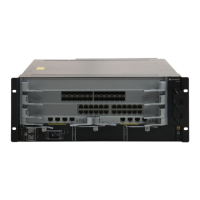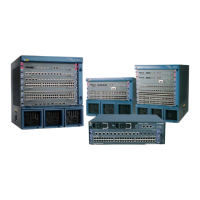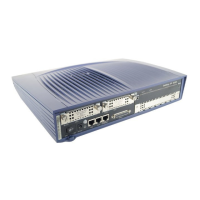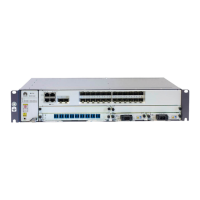Port
Roles
Description
Master
port
A master port is on the shortest path connecting MST regions to the CIST
root.
BPDUs of an MST region are sent to the CIST root through the master port.
Master ports are special regional edge ports, functioning as root ports on
ISTs or CISTs and master ports in instances.
As shown in Figure 9-5, S1, S2, S3, and S4 form an MST region. AP1 on
S1, being the nearest port in the region to the CIST root, is the master port.
Regional
edge port
A regional edge port is located at the edge of an MST region and connects
to another MST region or an SST.
During MSTP calculation, the roles of a regional edge port in the MSTI and
the CIST instance are the same. If the regional edge port is the master port
in the CIST instance, it is the master port in all the MSTIs in the region.
As shown in Figure 9-5, AP1, DP2, and DP3 in an MST region are directly
connected to other regions, and therefore they are all regional edge ports of
the MST region.
As shown in Figure 9-5, AP1 is a regional edge port and also a master port
in the CIST. Therefore, AP1 is the master port in every MSTI in the MST
region.
Edge
port
An edge port is located at the edge of an MST region and does not connect
to any switching device.
Generally, edge ports are directly connected to terminals.
As shown in Figure 9-5, BP3 is an edge port.
Figure 9-5 Port roles
S1
AP2
S2
S3
AP3
CP2 CP3
BP2
CP1 BP1
Root bridge
Root port
Designated port
Alternate port
Backup port
Quidway S7700 Smart Routing Switch
Configuration Guide - Ethernet 9 MSTP Configuration
Issue 01 (2011-07-15) Huawei Proprietary and Confidential
Copyright © Huawei Technologies Co., Ltd.
426

